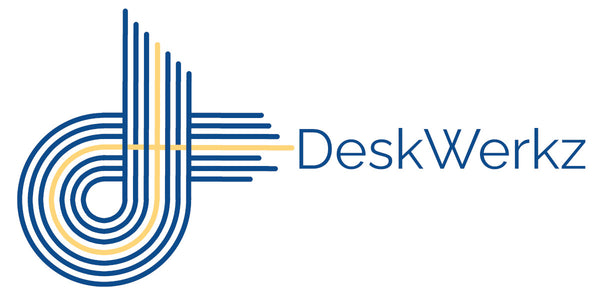Throughout history architectural features have been a reflection of fundamental shifts going on in society. For example, in the Victorian and Edwardian eras there was an enhanced emphasis on infant care and motherhood, and hence we saw the addition of a dedicated nursery in many homes.
In the 1950’s surge in suburban life, teenagers and youth culture, rock and roll and paper routes, took the world by storm, and we saw the creation of finished basements, rec rooms, and dens in many homes, where teenagers can socialize with their friends. Rooms, by the way, that did not exist before.

Now with the prevalence of working from home in high demand, fueled by the pandemic and enabled by technology, I predict we will see another shift in architectural design – the addition of dedicated home office space as a standard in new construction as well as a popular home improvement project.
Up until very recently working from home was a bit of a novelty. Although many people may have already had this type of flexibility with the type of work they do, for most, it was thrust upon us rather unexpectedly. Working off of a kitchen table or makeshift desk in a bedroom got us through this initial shift in work habits. But as working from home becomes more and more the norm, people will be looking for dedicated space in their homes, free from noise and distractions, and a space they can officially “leave” at the end of the workday.
We hear in the news some businesses are compelling and even forcing employees to come back to the office, some even resorting to threats of pay cuts, loss of benefits, or even termination. When you look at the big picture, large corporations invest millions in large corporate parks, or sign multi-year leases for expensive office space in cities. They need to show those investments continue to provide value to the business, prompting them to force people back. Paying for expensive office space that remains vacant does not look good on a financial statement.
But the wheels of change are already in motion. Many workers are realizing that an office doesn’t really provide anything they need to get their jobs done that they can’t get from home. Desk? Even a makeshift one will work. Printer? A rather inexpensive purchase, and most businesses are digital now anyway. A conference room? Who needs that with video conferencing software? The storied coffee maker? Pretty much anyone who drinks coffee has one of those, and portable ones are now available. Cubicle life is rapidly falling out of favor, especially with the younger generation who has no desire for that kind of work life. I suspect that when those expensive leases expire, many will not be renewed, and working from home will be expected, as businesses will be glad to save millions on rent.
Now, there is value in face to face social interaction. That personal connection, the ad-hoc conversations around the water cooler, certainly provide an element of enjoyment to the day, and many people have become friends with coworkers who may not live near them. There’s a risk that some of that will be lost. A hybrid work arrangement provides a good compromise . . . for the time being. Still, not having the expense of driving or commuting to work and paying for expensive mass transit fares is certainly an attractive benefit, and people tend to be resourceful when it comes to socializing. The prevalence of video calls, for example, is often a suitable substitute for face to face meetings where proximity is not necessary. And going into an office periodically to meet colleagues for happy hour after work is a welcome diversion now and then.
So what does that mean for architecture? Well, home builders and designers who are in tune with this new dynamic going on in the world will seize the opportunity to add home office space to homes and apartments as a selling point, even if it’s rebranding an extra bedroom and outfitting it accordingly. People who are working on a makeshift desk in their bedrooms will welcome this change in architectural design. Very soon, we will likely see advertisements for homes and apartments promoting this more and more.
@deskwerkz Will working from home impact architecture? #workfromhome #workfromhomelife #remotework #homeoffice #homeofficeroutine ♬ original sound - deskwerkz
